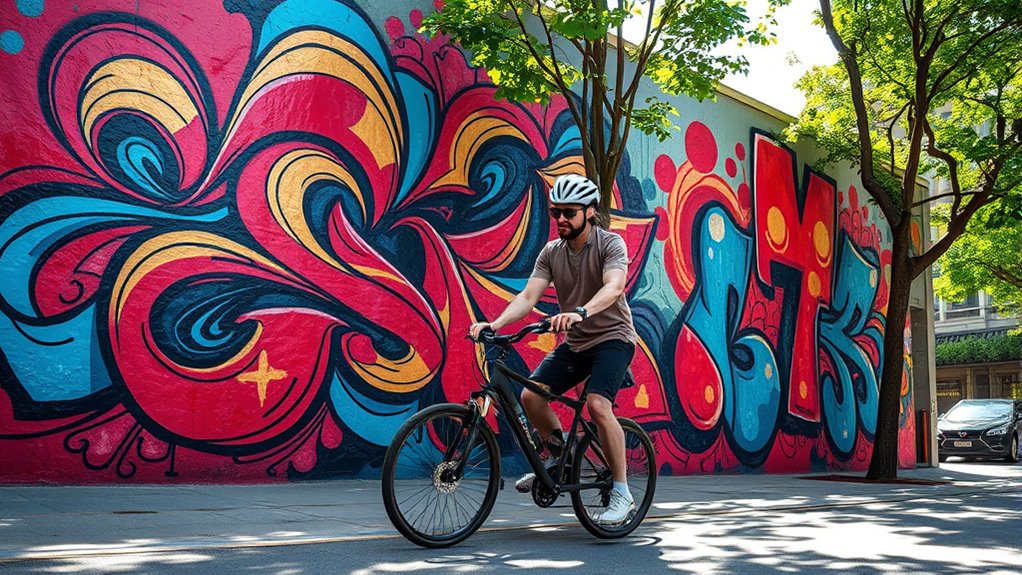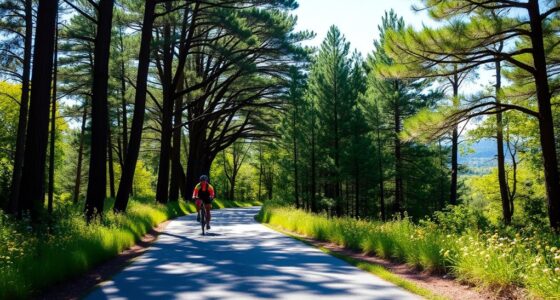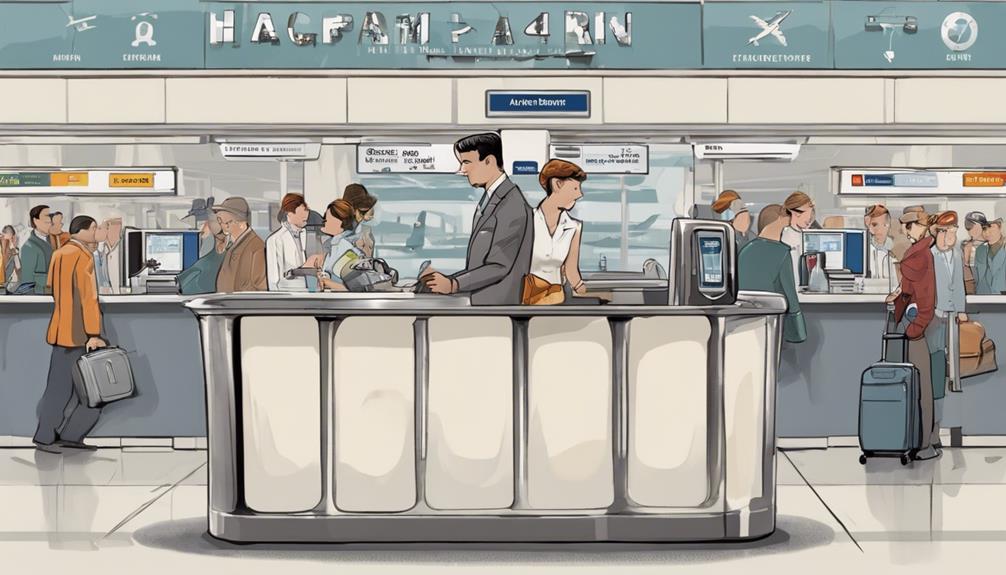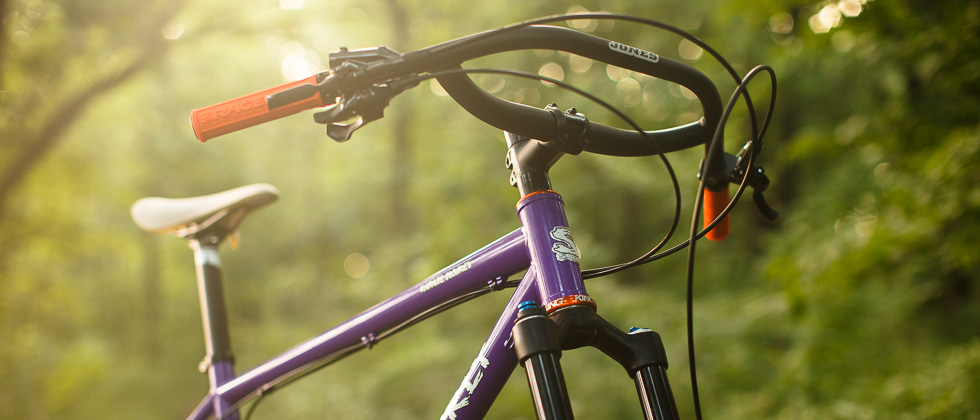Cycling inspires artistic expression in many ways, turning bikes into symbols of freedom, innovation, and culture. Artists incorporate bicycles into street art, murals, and sculptures to promote safety, community, and creativity. Cities design colorful, artistic infrastructure like bike lanes and underground paths, blending utility with beauty. Personalization through DIY techniques lets riders showcase their identity. Explore how bikes and art come together to shape vibrant, connected communities that celebrate movement and imagination.
Key Takeaways
- Bicycles have been depicted in various art movements to symbolize progress, freedom, and social change throughout history.
- Artists personalize bicycles with creative designs, decals, and modifications, turning them into expressive, cultural art objects.
- Urban cycling infrastructure is enhanced with artistic elements like colorful lanes, light installations, and street art to promote safety and vibrancy.
- Cycling-inspired art reflects societal shifts, capturing speed, motion, and technological harmony across styles like Futurism and Cubism.
- Community engagement through participatory art projects and workshops fosters social cohesion and elevates urban cycling culture.
The Cultural Significance of Cycling in Artistic Movements
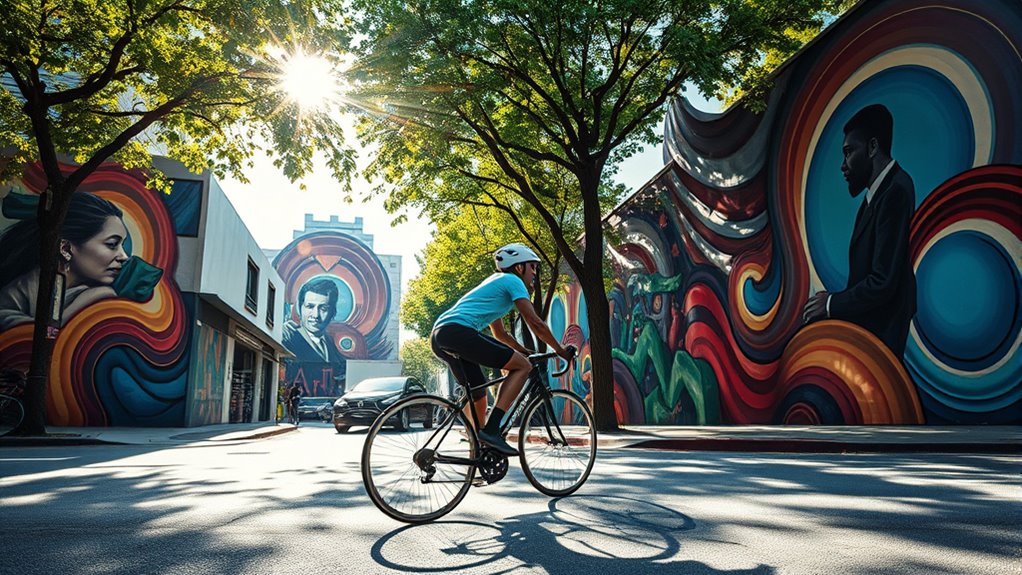
Cycling has profoundly shaped artistic movements by symbolizing progress, freedom, and social change. When you see early feminist artworks, you’ll notice bicycles representing women’s liberation, breaking gender norms that restricted movement.
Cycling symbolizes progress, freedom, and social change in art, inspiring liberation and challenging norms across movements.
Films like Robert W. Paul’s *Hyde Park Bicycling Scene* visually emphasize this newfound independence, contrasting bicycles with horse-drawn carriages to highlight technological progress.
Artists like Jean Metzinger and Umberto Boccioni captured cycling’s speed and dynamism through fractured forms and motion lines, embodying modernity and rejecting tradition.
Cycling also served as a tool for social critique, symbolizing meritocracy and grassroots activism against inequality. The development of bicycle technology played a crucial role in inspiring new artistic techniques and representations of movement.
Innovators in photography and film experimented with motion, influencing avant-garde art. The evolution of bicycle design contributed to the exploration of form and perspective in visual arts, pushing boundaries of traditional aesthetics.
Globally, bicycles became symbols of social equity, inspiring diverse cultural expressions across borders.
Furthermore, the importance of technological progress in the development of bicycle design and manufacturing influenced artistic representations, emphasizing innovation and adaptation.
How Street Art Enhances Cycling Safety and Urban Aesthetics
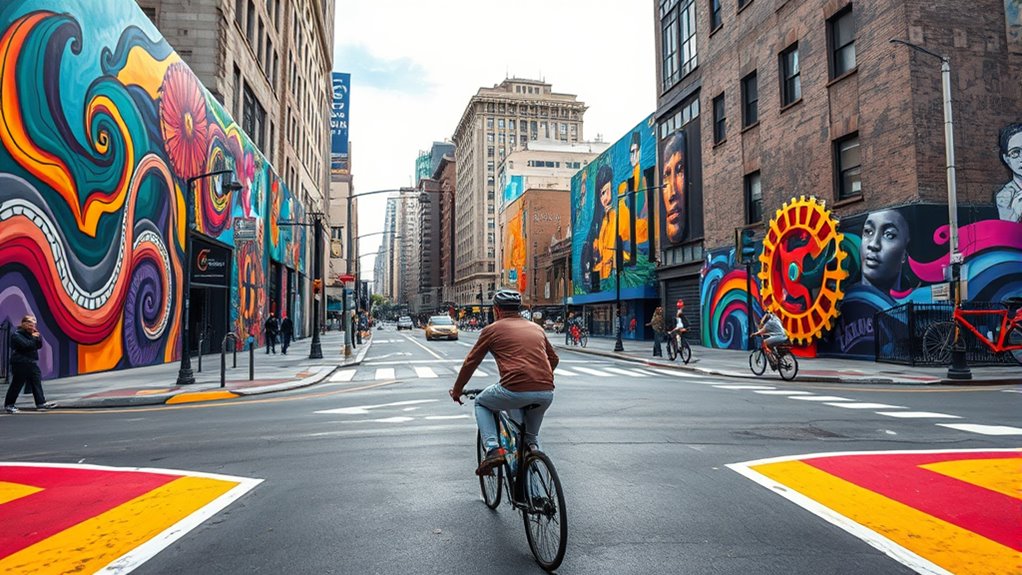
Street art transforms urban spaces by blending aesthetic appeal with practical safety features, creating environments where cycling and walking are safer and more inviting. You’ll notice a significant drop in crashes involving vulnerable road users—up to 50%—at intersections with asphalt art.
Pedestrians and drivers become more attentive, leading to a 37% reduction in injury-related crashes and a 27% increase in driver yielding behavior. Bright colors and unconventional markings improve visibility, encouraging drivers to slow down and focus on crosswalks.
Pedestrians cross more within designated areas, and conflicts between cyclists and pedestrians decrease by 25%. These visual cues foster calmer driving, reduce aggression, and promote predictable behavior.
Innovative Cycling Infrastructure Inspired by Artistic Design

Innovative cycling infrastructure seamlessly blends artistic design with functional engineering to create visually striking and user-friendly environments. Elevated pathways like Copenhagen’s Cykelslangen offer scenic city views, combining utility with architectural beauty. Incorporating data-driven marketing strategies into urban planning can help promote these projects effectively to the public. Circular bike paths, such as those in the Netherlands, serve as eye-catching entrances and landmarks. Vibrant pink lanes in New Zealand add bold color, energizing urban landscapes. Some cities, like Tokyo, incorporate underground bike facilities to maximize space efficiency. Artistic touches, including colorful paint, light installations, and architectural landmarks, transform infrastructure into engaging public spaces. Incorporating creative design elements inspired by automotive tuning principles can further enhance aesthetic appeal and performance. These innovations not only enhance safety and navigation but also celebrate local culture and creativity, making cycling more appealing. Strategic planning of tax implications and infrastructure encourages community engagement and fosters a more vibrant, sustainable urban mobility. Additionally, integrating hackathon-inspired approaches in urban planning can facilitate innovative solutions through collaborative efforts. Furthermore, paying attention to Juice Packaging and Storage can inspire eco-friendly practices in urban design and maintenance, promoting sustainability in public infrastructure.
Personalizing Bicycles: Artistic Expression and Community Identity
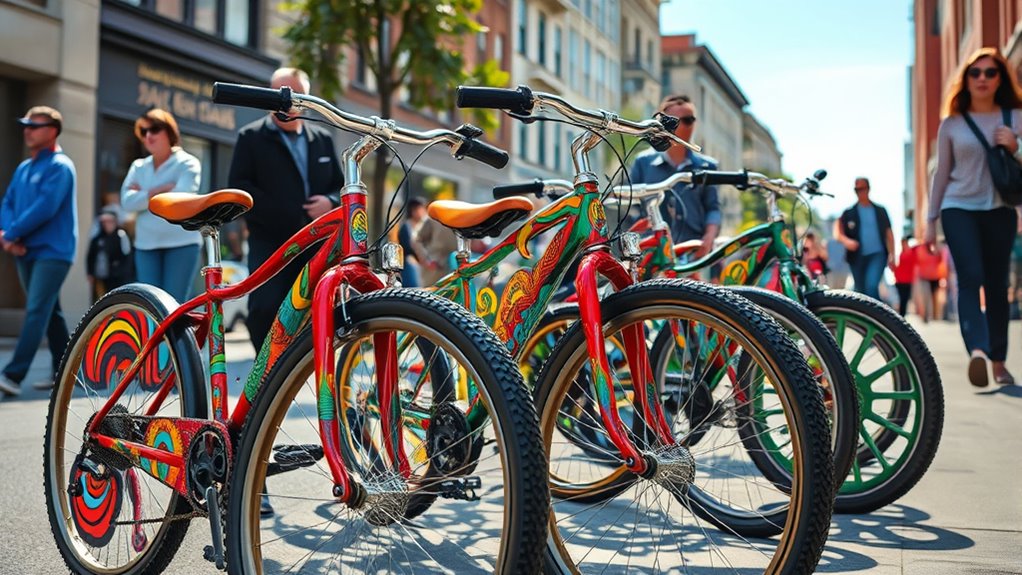
Personalizing bicycles allows riders to express their individuality and strengthen community bonds through creative design. You can transform your bike with techniques like hydro dipping, which creates intricate water-transfer patterns, or spray painting for durable, bold colors. Incorporating vintage decor elements can lend a timeless charm to your bike’s appearance. Hand-painting with fine brushes lets you add detailed artwork, while stencil designs and color-blocking offer geometric or contrasting effects easily. Vinyl decals and laser-etched logos provide removable or permanent personalization options. Anodized parts and color-matched accessories enhance aesthetics, and limited-edition saddles or custom stem caps add unique touches. Community-driven movements, like group workshops and social media challenges, foster shared creativity. Even low-cost DIY methods, such as nail polish accents or reflective tape art, enable you to make your bike truly one-of-a-kind, reflecting both your personality and community spirit. Exploring bike customization ideas can inspire further inventive approaches to personalizing your ride.
Public Art Projects: Engaging Communities Through Cycling Initiatives
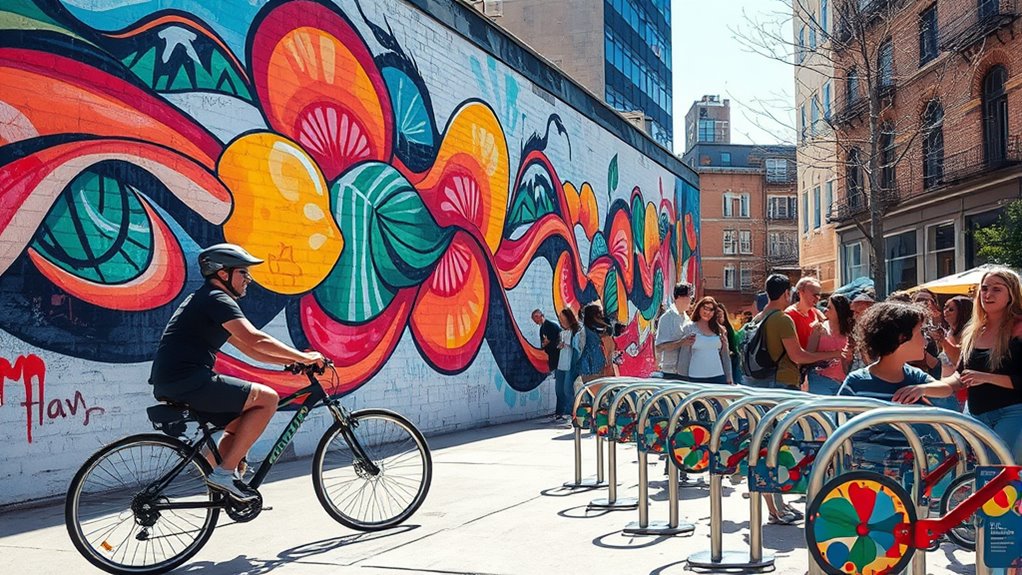
Public art projects play an essential role in engaging communities through cycling initiatives by transforming urban spaces into vibrant, welcoming environments. Murals, sculptures, and interactive installations turn plain areas into cultural hubs, encouraging residents to explore and connect.
Rail-trails featuring public art become cherished community spaces, blending practicality with creativity. These projects often involve collaborative funding from local businesses or government agencies, fostering a sense of shared ownership.
They also highlight cultural heritage, paying homage to local history or minority groups through murals or sculptures. During events like Bike Month, new public art promotes cycling culture and community involvement.
Using recycled materials and innovative designs, these projects make cycling infrastructure more accessible and inviting for everyone, strengthening community bonds while beautifying the city.
The Impact of Art Installations on Road Safety and Behavioral Change
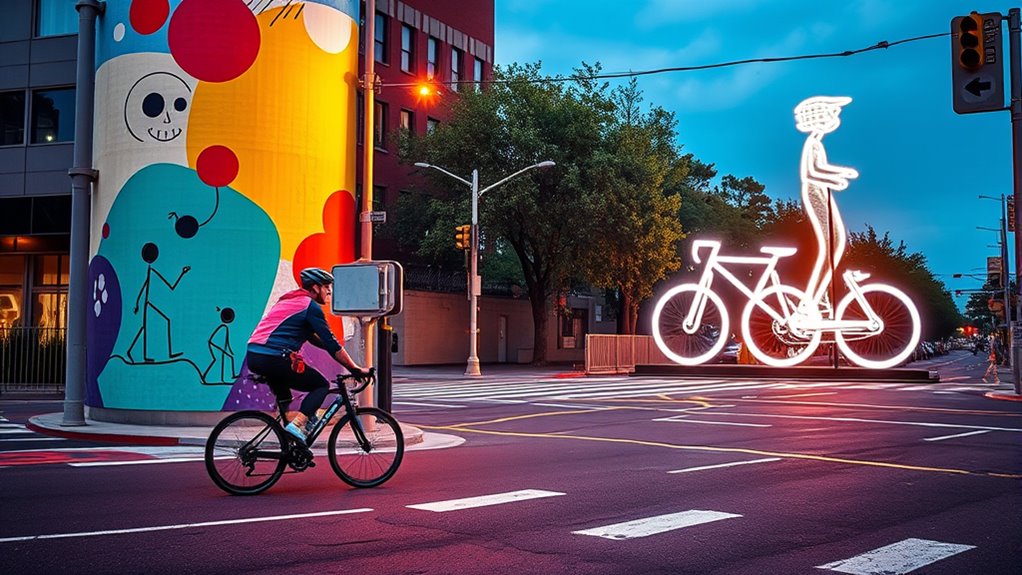
Art installations on roads and streets can markedly influence driver behavior and improve safety, often serving as visual cues that encourage cautious driving. When murals or vibrant crosswalks appear, drivers slow down—average speeds drop from 39.2 mph to 37 mph—and perceive lane widths as narrower, prompting caution.
These visual cues help reduce conflicts between pedestrians and vehicles by 25% and boost yielding behavior by 27%. Crashes involving pedestrians and cyclists decrease by 50%, with injury-related crashes dropping 37%.
Public perception shifts as fewer people feel unsafe crossing, from 85% to 6%. Although some benefits fade as murals fade, ongoing maintenance sustains safety gains. Community engagement and targeted site selection amplify these effects, making art a practical tool for behavioral change on busy streets.
Historical Perspectives: Cycling’s Influence on Artistic Styles and Movements

The rise of cycling as a popular activity in the late 19th and early 20th centuries considerably shaped modern artistic styles and movements. As safety bicycles became mass-produced in the 1890s, Impressionists depicted cycling as a symbol of modernity and leisure, capturing its social democratization.
Artists like Jean Metzinger used Cubism to convey motion and fragmented perspectives, inspired by velodrome scenes that compressed race timelines into vibrant images. Futurists celebrated bicycles as symbols of speed, progress, and *energy*, emphasizing dynamic energy and technological harmony.
Dadaists like Duchamp reimagined bicycles as readymades, critiquing societal norms through everyday objects. Post-war artists stylized cycling in bold colors, while contemporary creators employ bicycles to explore urban culture, freedom, and social critique.
Promoting Sustainability and Creativity in Urban Cycling Environments
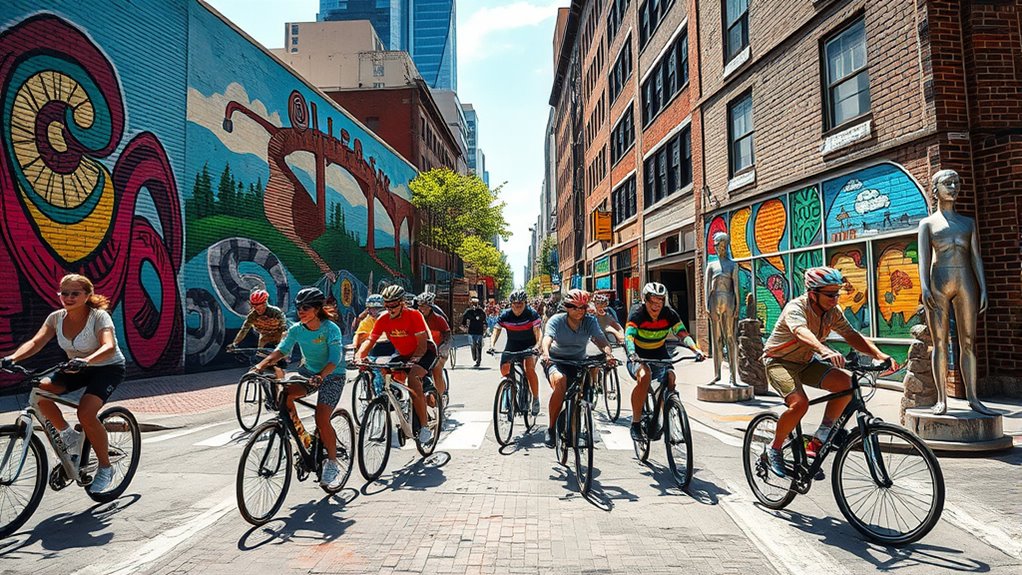
Promoting sustainability and creativity in urban cycling environments requires innovative infrastructure, community involvement, and artistic expression. Protected bike lanes with green infrastructure cut emissions and help cool heat islands, while cycle highways like Copenhagen’s 100+ miles connect city centers with suburbs efficiently.
Innovative infrastructure and community art transform urban cycling into sustainable, vibrant, and connected city spaces.
Using eco-friendly materials such as permeable pavers manages stormwater and reduces environmental impact. Digital planning tools optimize route safety and connectivity through real-time data.
Community engagement, through participatory workshops and bikeshare programs, ensures equitable access and fosters local ownership. Artistic placemaking, including murals, light installations, and community-painted bike racks, transforms cycling spaces into cultural venues.
These efforts improve air quality, lower noise pollution, and encourage more people to bike, accelerating urban sustainability goals while celebrating creative expression on two wheels.
Frequently Asked Questions
How Does Street Art at Intersections Specifically Reduce Cyclist Accidents?
You might wonder how street art at intersections lowers cyclist accidents. It does so by making crossings more visible and encouraging drivers to be more cautious.
The vibrant visuals draw attention, prompting drivers to slow down and yield, reducing conflicts. Pedestrians are also more inclined to use crosswalks, creating safer spaces.
What Are Some Notable Examples of Artistic Bicycles in Cycling Culture?
Did you know that bicycle-based art installations can boost community engagement by over 30%?
In cycling culture, notable examples include Ai Weiwei’s sculptures made from thousands of bikes, which critique industrialization, and customized cargo bikes in London that showcase local identity.
These artistic bicycles inspire creativity, promote sustainability, and foster social connections, transforming ordinary bikes into powerful symbols of culture, activism, and community pride.
How Do Urban Planners Incorporate Art Into Cycling Infrastructure Design?
You can see how urban planners incorporate art into cycling infrastructure by designing human-scale, sustainable, and accessible features that resonate with users. They often include public art installations, murals, and sculptures along bike paths, engaging local artists and communities.
Planners also integrate interactive elements like light displays or sound, ensuring the designs are adaptable, well-maintained, and seamlessly connected with other transportation modes, enhancing both safety and aesthetic appeal.
In What Ways Can Community Art Projects Promote Cycling Safety?
Imagine vibrant murals lining busy streets, catching your eye and slowing traffic. Community art projects boost cycling safety by visually alerting drivers to cyclists and pedestrians, encouraging cautious driving.
They educate the public about road safety while fostering a shared responsibility. These colorful installations transform dull roads into engaging spaces, reducing crashes, and making everyone feel more secure and welcome on their bikes.
How Has Cycling Influenced Contemporary Art Movements Historically?
You see, cycling has historically inspired many art movements. Early on, Cubists and Futurists captured its speed and modernity through fragmented forms and dynamic compositions.
Mid-century artists used cycling to explore societal themes, while Pop Art made it a cultural icon with bold visuals.
Today, contemporary artists critique its social and environmental impact, blending art and activism.
Cycling’s influence spans from motion to symbolism, shaping diverse artistic expressions over time.
Conclusion
As you explore the vibrant world where cycling and art intertwine, you realize it’s a perfect storm of creativity and community spirit. These artistic expressions don’t just beautify cities—they transform how you experience and engage with your surroundings. By riding through this colorful landscape, you see that art and cycling together prove that sometimes, the best way to make a difference is to think outside the box. Remember, it’s all about riding high on imagination.
